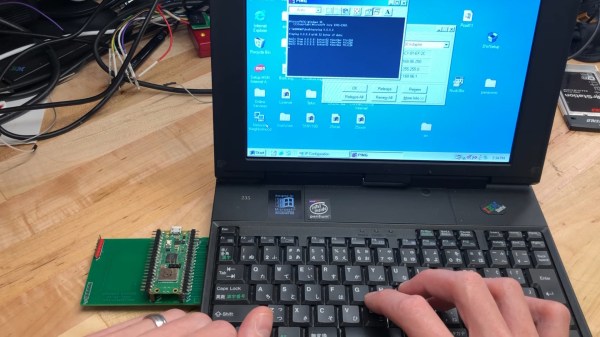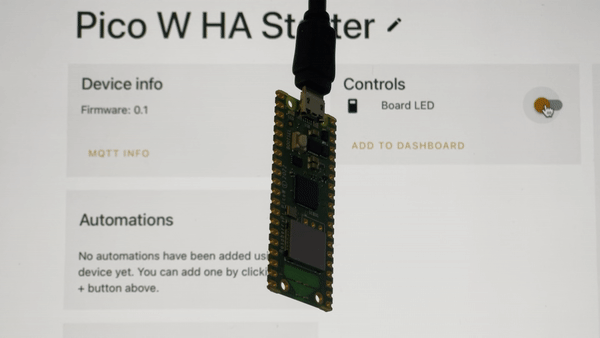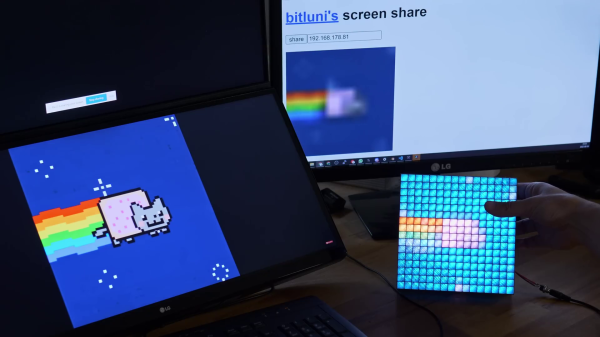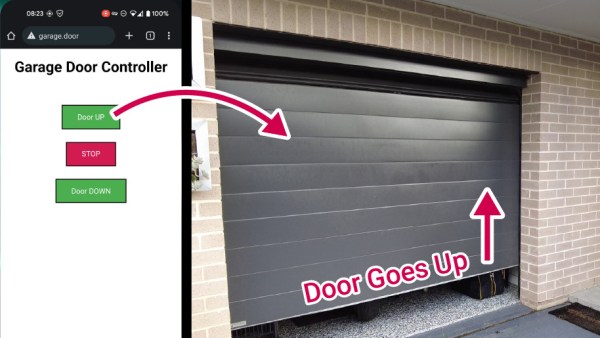NASA’s Mars Rovers are robots that have inspired many budding engineers around the world. [Nikodem Bartnik] had a particular fondness for them himself, and set out to build a miniature version of his very own.
The Raspberry Pi Pico W is the brains of the operation, serving as both microcontroller and remote wireless link for control. The robot uses four mecanum wheels for locomotion, with each getting its own motor. This allows the robot to move in all directions simply by rotating the wheels in different configurations. On top, the rover sports a articulated robot arm controlled by servos, which allows it to pick things up and put them down. Plus, there’s an FPV camera on top that delivers a video feed so the robot can be driven remotely. This is achieved over WiFi, thanks to a bit of custom control code written in Python.
It’s a surprisingly capable bot on smooth surfaces, as the mecanum wheels allow strafing and other movements that regular wheels simply can’t do. It’s also fun having a bot that can interact with its environment, thanks to its motorized appendages.















